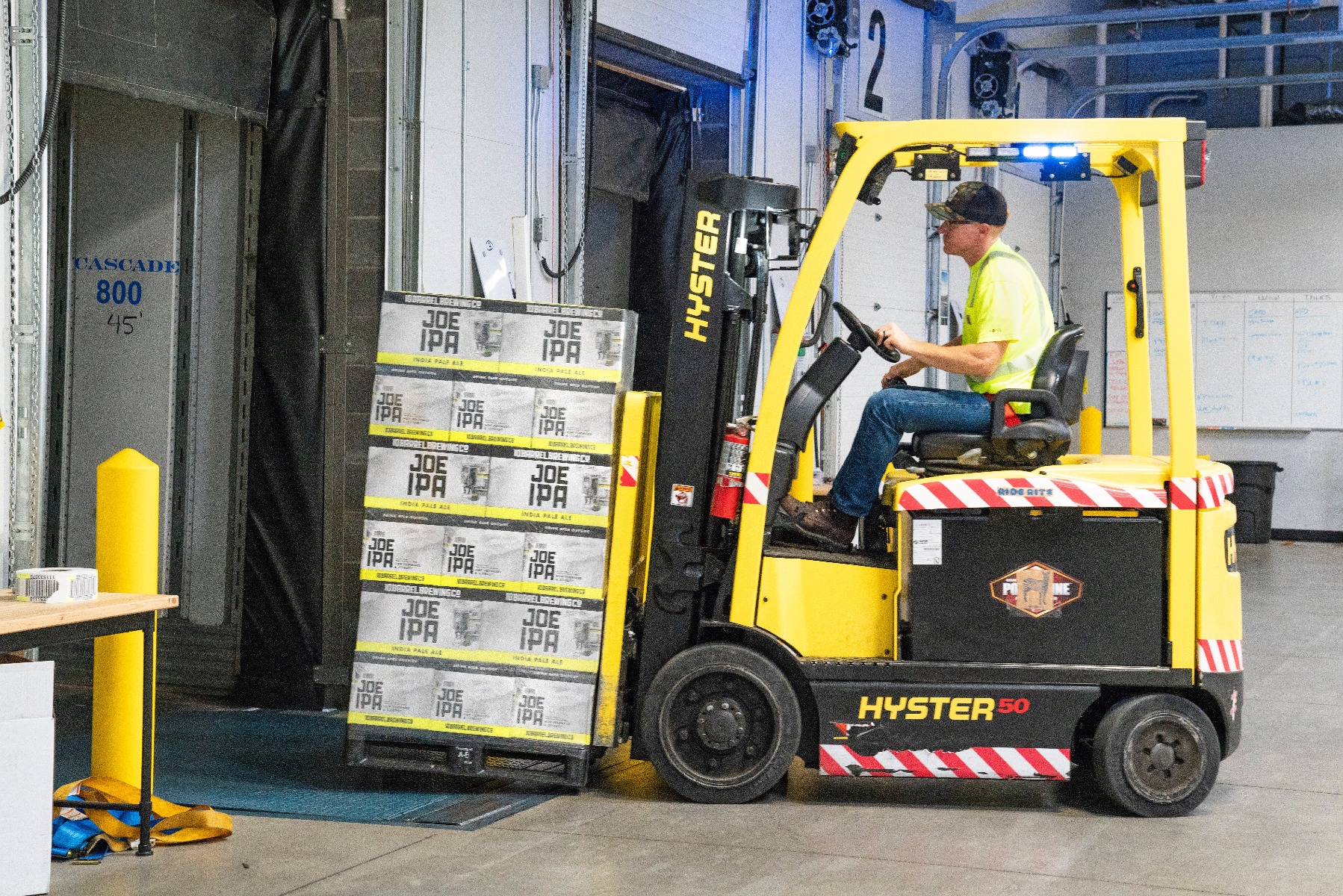Warehouse Safety: How to spot hazards

In the second article of the warehouse safety series, we will be looking at warehouse hazard identification. This post will explain how to spot hazards in your workplace to improve warehouse safety. Every day at work in a warehouse there are various hazards that could potentially be present. These hazards are often overlooked by individuals leading to accidents and injuries, affecting your workplace and its employees. In this blog post, we will help you to identify these hazards in your workplace. So, you can, therefore, minimise the risk for your workers. Warehouse hazard identification is crucial to avoiding and preventing accidents on your site. When it comes to hazards, we tend to only think about short term hazards and avoid noting potential long-term hazards affecting the workplace. After reading this blog post you will be able to ensure that your employee's feel safer in their warehouse.
Workplace Inspection
When identifying hazards, the first thing that needs to take place is a full workplace inspection. A full inspection of your warehouse will allow you to identify any associated risks and hazards that could be present for your employees. By identifying hazards and risks earlier, you are able to reduce the chance of accidents and prevent potential injuries. Not only will this make your warehouse a much safer place to work, but it will also make your workplace a better environment for your employees. When inspecting it is advised to review your accident and ill-health records, so you do not miss any less obvious hazards. By reviewing your previous records, you will be aware of past accidents and injuries at work, meaning that you can avoid these in future.
The root cause of hazards
Hazards usually arise from different aspects of work such as:
- The working environment
- Substances, materials and equipment used in the warehouse
- The work tasks and how they are performed
- The management of work
These hazards can, therefore, be avoided or minimised by employers ensuring that their processes are simplified. So, the working environment needs to be as safe as possible for employees, with work tasks continuously monitored for safety. By reviewing the handling of substances, material and equipment, you can implement the relevant controls to avoid any unnecessary accidents. The risk of procedures in your warehouse will be minimised. This means that employees will be much less likely to sustain an injury, as the chances of accidents will be significantly reduced. The earlier employers can find the root cause of hazards in their workplace, the sooner you can eliminate or reduce the risk on your site.

Most common workplace hazards
In warehouses it is likely that some hazards will be present, however, certain hazards are more common in the workplace than others.
There are 4 types of common hazards that could arise in your workplace:
- 1. Safety Hazards – No matter what sector or industry you are in, safety hazards are the most common hazards that will arise in your workplace. This includes:
- Tripping hazards or spillages on surfaces
- Working from heights such as using ladders
- Unguarded or unsupervised machinery use
- 2. Ergonomic Hazards – Ergonomic hazards take place in warehouses when manual labour is required from employees. As the strain of these tasks is not immediately clear to the eye, these hazards can be difficult to spot. Employers can monitor these hazards to reduce the chances of injury:
- Frequent lifting
- Performing the same movement continuously – repetitive strain injury
- 3. Chemical Hazards – If workers are exposed to chemicals, chemical hazards will be present in your workplace. Employers, therefore, need to ensure that the procedures are safe for:
- Using/ handling Liquids – such as cleaning products, solvents
- Handling of flammable/harmful chemicals
- Use of dangerous gasses
- 4. Work Organisation Hazards – Hazards associated with tasks performed at work. These hazards can result in short term stress and long-term strain on employees. These hazards will be present depending on:
- Workload demands
- Intensity of work
Tips for identifying and finding hazards
To finish, here are our top tips for identifying and finding hazards in your warehouse.
- Continue to check over previous accident reports and risk assessments, to improve your procedures and maintain employee safety.
- When handling liquids and chemicals, check manufacturer’s instructions to ensure all products are handled correctly and safely.
- Maintenance and cleaning operations need to be considered as well as other non-routine operations.
- Think about long-term hazards to health when completing risk assessments, to protect employees from all types of straining and work-related mental health issues.

Following the tips and advice in this blog will help you to identify the hazards in your warehouse. This will allow you to make your workplace safer for your employees now and for the future. If you require any protective products or equipment, get in touch with us today so we can answer all of your questions and queries.









